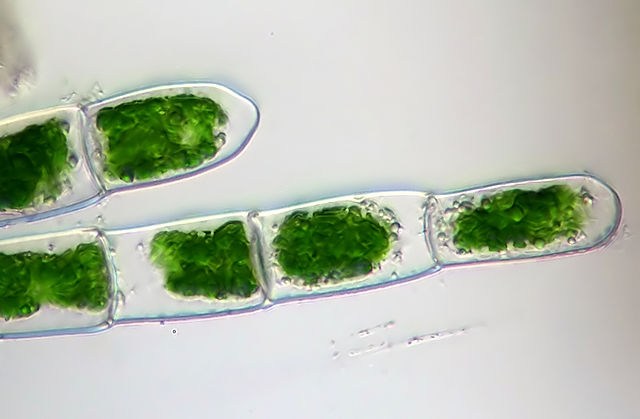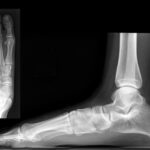Safety trial of algal anesthetic kicks off

Two years ago, we told the story of the quest of Charles Berde, MD, PhD, of Boston Children’s Division of Pain Medicine, to turn an algal toxin called neosaxitoxin into a long-lasting local anesthetic.
At that time, Berde—together with Alberto Rodríguez-Navarro, MD, from Padre Hurtado Hospital in Santiago, Chile, and a Chilean company called Proteus SA—already knew that neosaxitoxin, a site 1 sodium channel blocker which in nature is produced by algal blooms, could help patients who had undergone laproscopic surgery recover more quickly and experience less pain compared with the current state -of-the-art local anesthetic called bupivacaine.
The group has now taken a big leap forward. In May, they launched a Phase 1 clinical trial at Boston Children’s in healthy male patients, aimed at showing that neosaxitoxin produced by Proteus from bioreactor-grown algae is safe using clinically relevant doses.
“We received word from the Food and Drug Administration in March that we had collected enough preclinical toxicology data to move forward with the trial,” Berde says. “The next steps are to home in on the correct dose, establish safety and measure how neosaxitoxin clears from the body.”
Berde is confident that neosaxitoxin could be a potentially revolutionary alternative to the opioid-based anesthetics commonly used for local control of post-operative pain.
“Currently available local anesthetics all wear off after eight hours,” he explains. “Thus, we must resort to giving patients systemic opiate analgesics, which can cause a wide range of effects from nausea to sedation to shallow breathing. These effects can prolong a patient’s time in the hospital.
“With site 1 sodium channel blockers,” he continues, “we believe we can avoid these effects while providing prolonged pain control.”
Berde hopes to recruit between 77 healthy male volunteers, and anticipates finishing the trial in October.
Boston Children’s Technology and Innovation Development Office (TIDO) is looking for additional development partners for neosaxitoxin. To learn more, contact Rajinder Khunkhun or visit TIDO’s website. To learn more about the trial, visit clinicaltrials.gov.
Related Posts :
-

Griffin’s return to the slopes and sea after kneecap dislocation
Whether cruising down a snowy trail or catching a wave, 18-year-old Griffin Srokose loves the adrenaline and freedom he feels ...
-

Will early intervention prevent asthma in school-age children?
Asthma affects about 1 in 10 children, often sending them to the emergency room or causing them to miss school. Allergic conditions ...
-

Novel procedure may bridge the treatment gap for symptomatic flexible flatfoot
Most children develop arches in their feet by early adolescence. About 20 percent, however, have pes planovalgus (PPV), also known as ...
-

‘We’re going to Boston’: Why Aydan’s family temporarily relocated for craniopharyngioma care
One evening in October 2022, 2-year-old Aydan Arguello arrived at Boston Children’s Hospital. It wasn’t a routine visit, but ...





